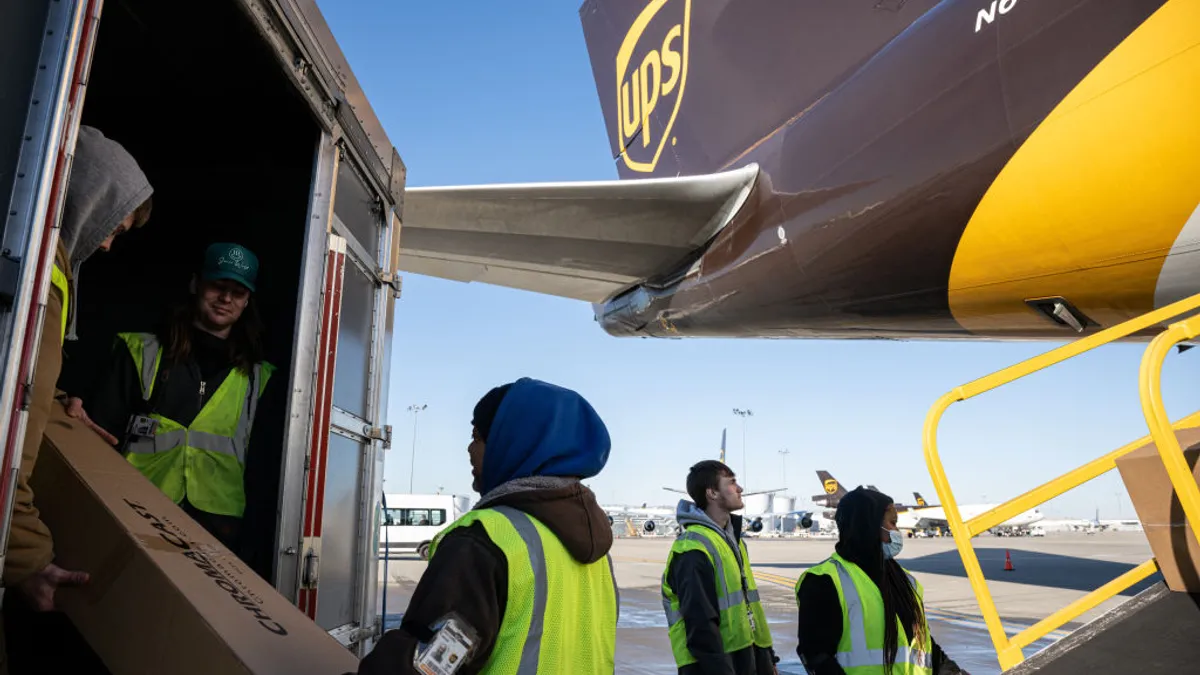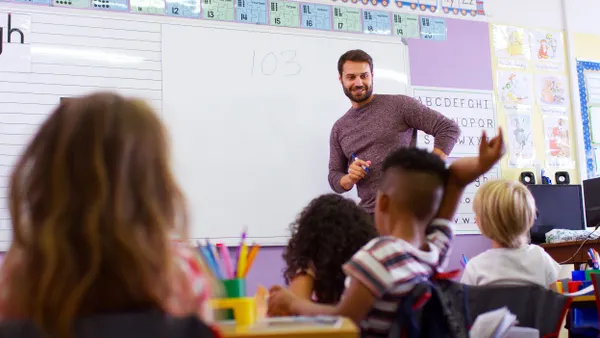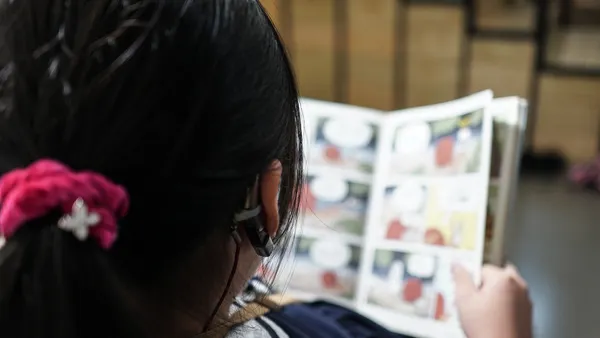Dive Brief:
- A variety of career education opportunities nationwide offer high school students opportunities to explore — if not get training in — potential aviation careers, from maintaining equipment to becoming a pilot.
- Shawnee and Atherton high schools in Louisville, Ky., for instance, offer aviation programs where students can experience flight simulators at UPS’ Global Aviation Training Center. Other schools offering lessons in the field across the U.S. include Aviation High in Long Island City, N.Y., Canyon High School and Davenport High School in New Braunfels, Texas, and Williamsport High School in Williamsport, Md.
- However, not every school or district can offer an aviation track due to cost and lack of space, said Alisha Hyslop, chief policy, research and content officer for the Association for Career and Technical Education.
Dive Insight:
The rise of e-commerce — which made up about a fifth of total retail sales in the U.S. in 2024 — and a shortage of commercial airline pilots are two factors creating demand in aviation.
But there are challenges for schools interested in building aviation programs, which may not have the access to or finances for resources to offer these courses and training, Hyslop said.
“In aviation, it’s not just advanced tech but space and planes. In general, that’s not cheap equipment to put in your program,” Hyslop said. “You would never see aviation in every high school or even every school district because of the cost of these programs.”
Space is another challenge: Business programs, for example, can be set up with computers and a standard classroom. But aviation requires something a bit bigger.
Training students on how to fix a plane — even an engine — requires a space such as a hanger, where students have enough room to work. Pilot training, too, can be labor-intensive from an instructor’s standpoint, Hyslop said.
Districts interested in offering courses in the field should look to local organizations and industry partners to see how they would build out a program and can support it in a way that makes sense for schools and students.
“It’s a type of field that requires a creative approach, and strong partnerships with business and industry,” Hyslop said.






 Dive Awards
Dive Awards







